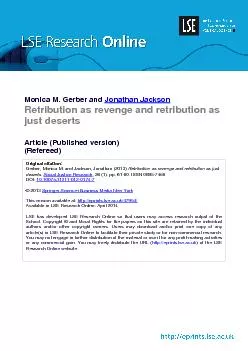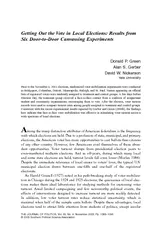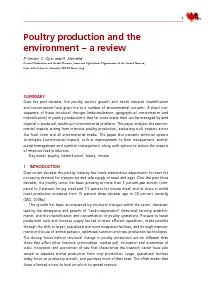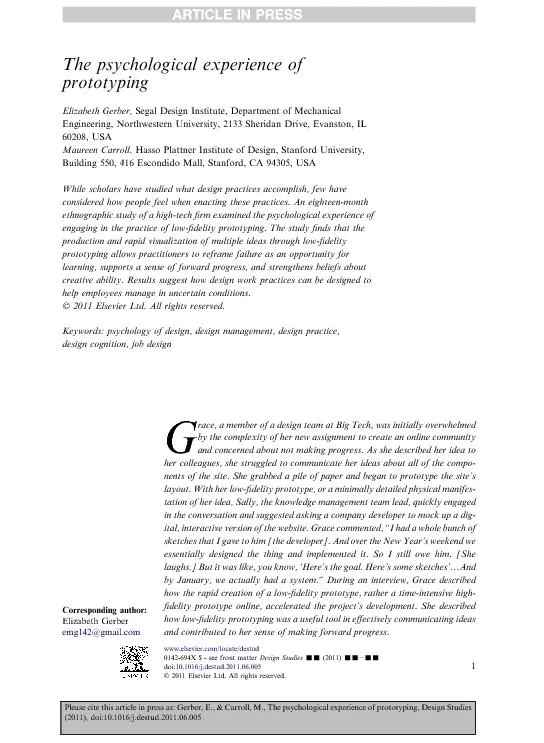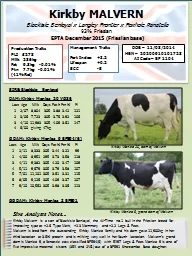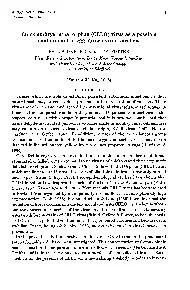PDF-Monica M. Gerber and
Author : phoebe-click | Published Date : 2015-10-12
Jonathan Jackson Original citation Gerber Monica M and Jackson Jonathan 2013 Retribution as revenge and retribution as just desertsSocial Justice Research DOI 101007s11211012
Presentation Embed Code
Download Presentation
Download Presentation The PPT/PDF document "Monica M. Gerber and" is the property of its rightful owner. Permission is granted to download and print the materials on this website for personal, non-commercial use only, and to display it on your personal computer provided you do not modify the materials and that you retain all copyright notices contained in the materials. By downloading content from our website, you accept the terms of this agreement.
Monica M. Gerber and: Transcript
Download Rules Of Document
"Monica M. Gerber and"The content belongs to its owner. You may download and print it for personal use, without modification, and keep all copyright notices. By downloading, you agree to these terms.
Related Documents

